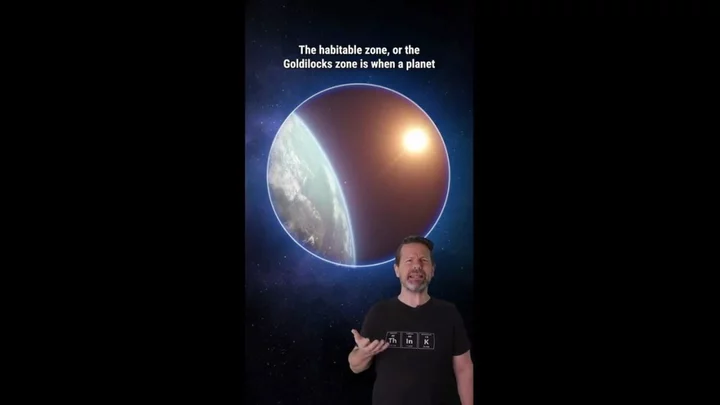A planet with conditions on the surface resembling Earth has been discovered a relatively short distance from us.
In fact, it’s just 31 light-years away, which is the space equivalent of 'down the road'.
Scientists are always excited when it comes to the discovery of new exoplanets, and this is no different.
The planet, named Wolf 1069 b, is the sixth closest exoplanet to Earth has been found and the findings were published in the journal Astronomy & Astrophysics.
Sign up to our free Indy100 weekly newsletter
It orbits the red dwarf - which is named Wolf 1069. As such, the planet has been given the name Wolf 1069 b.
The planet was discovered during a study called CARMENES which is a long-term study based around finding exoplanets.
Encouragingly, scientists believe that the planet sits in the habitable zone around its sun where water can exist in liquid form.
The study was undertaken by a team led by astronomer Diana Kossakowski of the Max Planck Institute for Astronomy.
Kossakowski said: "When we analyzed the data of the star Wolf 1069, we discovered a clear, low-amplitude signal of what appears to be a planet of roughly Earth mass.
"It orbits the star within 15.6 days at a distance equivalent to one-fifteenth of the separation between the Earth and the sun."
It comes after a new planet was discovered with a surprisingly fluffy composition - like candy floss.
The exoplanet, WASP-193b, was discovered 1,232 light-years away and while it's nearly 50 percent bigger than Jupiter, it's light and fluffy making it as dense as the sweet treat.
According to a team led by astronomer Khalid Barkaoui of the University of Liège in Belgium, the planet orbits a Sun-like star named WASP-193. This star is around 1.1 times the mass and 1.2 times the radius of the Sun and is very close to the Sun in temperature and age. The planet orbits the star around once every 6.25 days.
Have your say in our news democracy. Click the upvote icon at the top of the page to help raise this article through the indy100 rankings.

